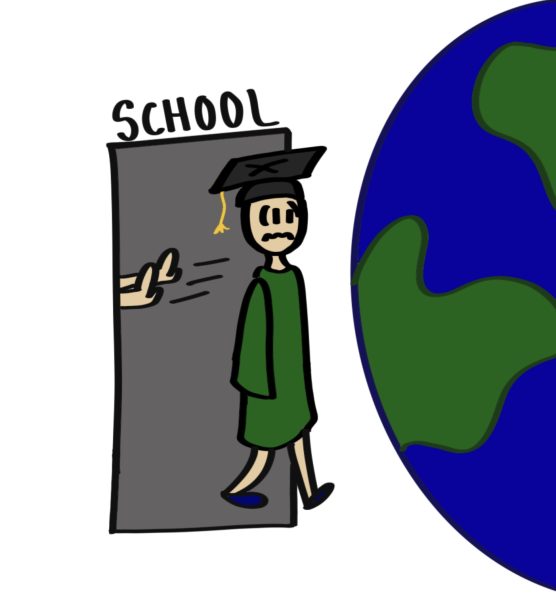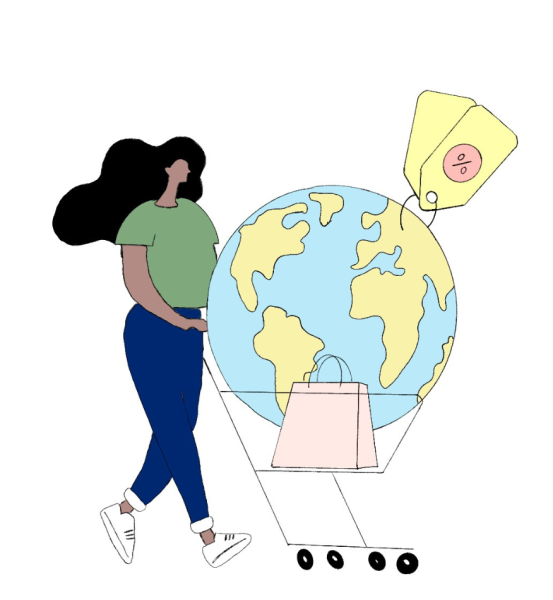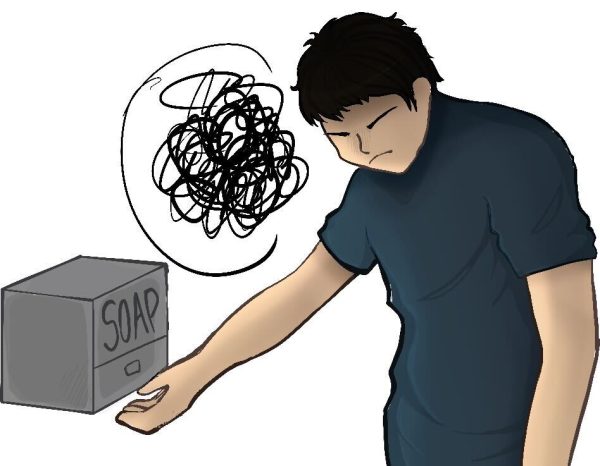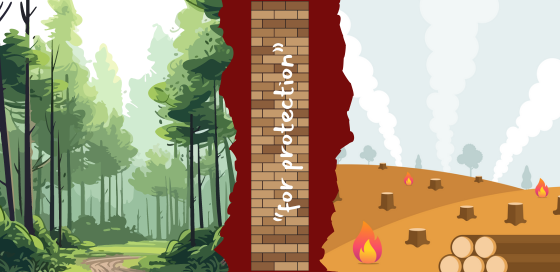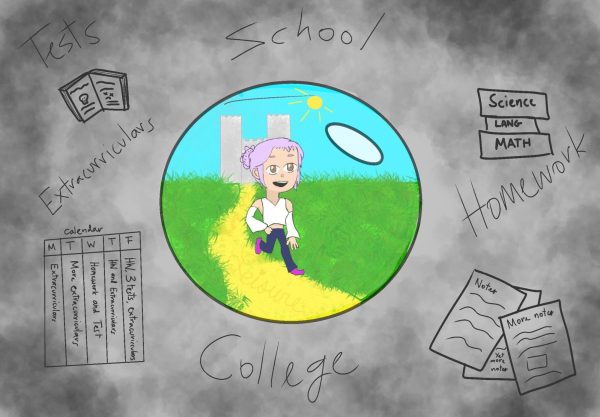The Garlick Press: Teens must play too
The importance of exercising the childish mind
O
ne of the best and worst parts about family vacation is seeing family members, especially younger relatives. As an older child, it is automatically your job to entertain the toddlers and leave the adults alone.
Even if you want to discuss the controversy of inauguration day and other political issues, you’re forced to build Lego battleships and draw in princess coloring books.
Sitting down with my younger relatives to play games they imagine can sometimes be draining, but over the holidays I realized the mindful benefits of play.
As I sat down to sketch another dragon for my cousin, I was transported into my artistic self. Coloring wings and a spiky tail, I realized how much time has been taken up with studying, AP and SAT classes and just hanging out with friends. Drawing became the freedom from my work, taking the chains of my current duties away.
In adolescence, younger children play to develop certain parts of their brain. Through play during adolescence, kids develop their cognitive learning, linguistics and social as well as emotional reactions to situations, according to PBSparents.
The benefits of coloring have been mass marketed to the public already, with millions of zen coloring books on the shelves of Michaels.
Coloring is a mindful activity, helping to heal and meditate through art therapy, a mental health profession that uses artwork as a tool to “explore feelings, reconcile emotional conflicts, foster self-awareness, manage behavior and addictions, develop social skills, improve reality orientation, reduce anxiety and increase self-esteem,” according to American Art Therapy Association.
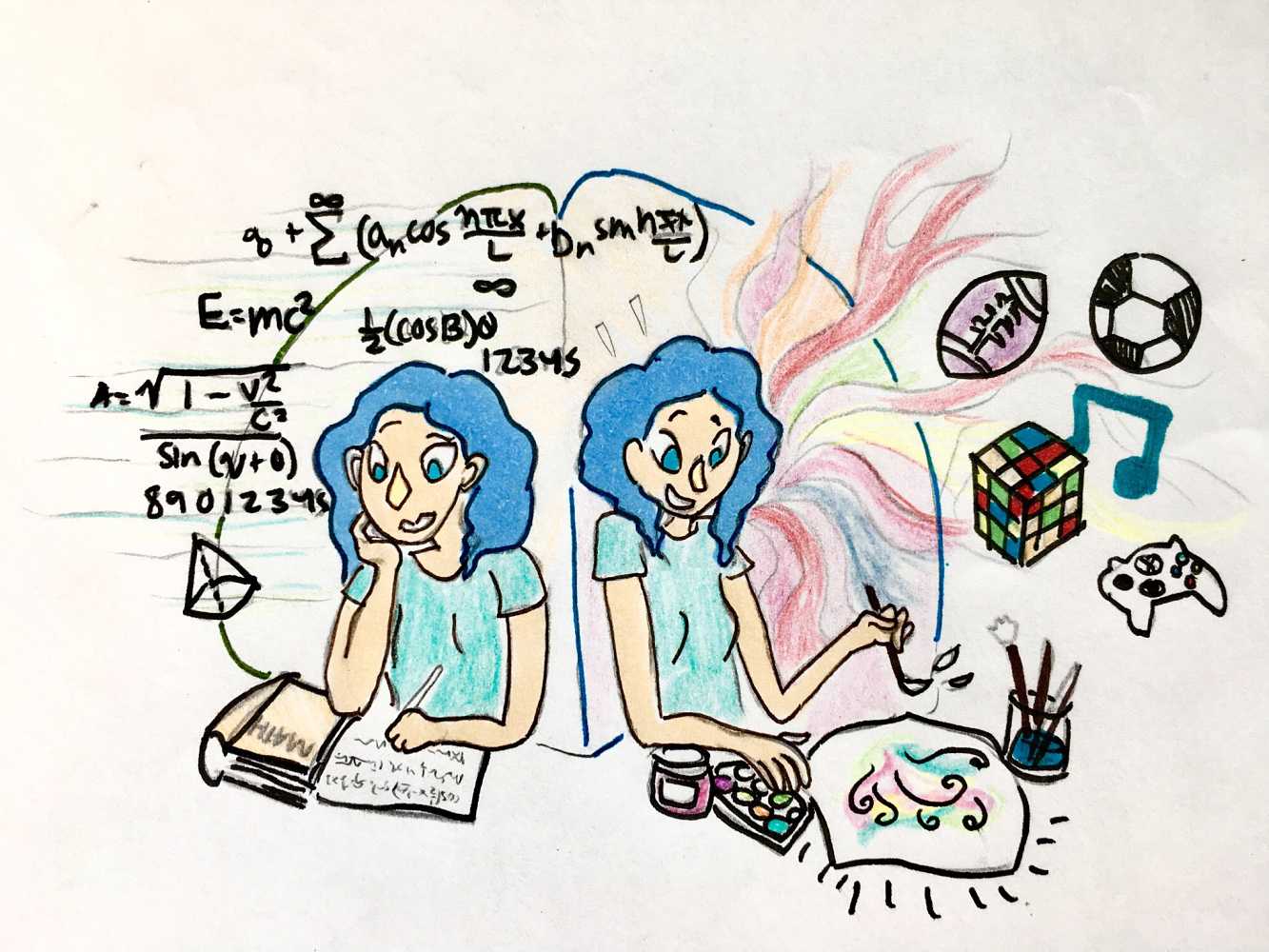
For those with anxiety, coloring provides a calming ritual and a sense of control over situations, helping the artist to ‘switch off’ the worries and allow creativity to flow. According to CNN, a study in 2005 found subjects coloring in Mandalas showed drops in anxiety levels, while doodling had very little effect.
Coloring isn’t the only form of play. Stretching beyond the mindful benefits are simple games that exercise people’s physicality.
According to Psych Central, playing can create deep connections between strangers as well as intimate relationships between couples. Look at prank videos on the internet, such as theCHAIZYchannel’s episode with strangers engaging in a water balloon fight. These people have never met before, and yet they instantly bond in a universal game of throwing water balloons at each other, smiling and connecting throughout.
Throwing water at strangers isn’t the only way older folks can indulge their inner child.
Not only does play naturally evoke joyful banter, but certain aspects of therapy also utilize this beneficial psychology. Play therapy, usually used with adults who’ve experienced trauma as children, consists of allowing adults to toy around with objects while talking with therapists. According to Charles E Shaefer, a recognized psychologist and author of Play Therapy with Adults, playing allows a more empathetic and intimate setting for adults to relieve troubles while working out past conflicts.
“Play is a wholistic experience in that it invites our total being into the process,” Schaefer said in Play Therapy with Adults, describing how the physical actions of play connect the analytical and creative parts of our brains.
Many are probably thinking, where do video games and apps fit into this picture?
According to Psychology Today, playing video games develops spatial attention and vigilance. Games that tap into split-second decision making and move rapidly help build intelligence and reflexes.
All of this shouldn’t be surprising, though modern teens are being forced out of this important stage in life, as we’re thrown into responsibilities our parents didn’t have at our age.
It may seem ridiculous, but take the time to relax after a busy day of studying. Play fetch with your dog. Run outside with your younger cousins. If you’re alone, spend some time on the Xbox or playing with an app for a couple minutes.
As the holidays came to a close, I felt relaxed and ready for the pressures of the new year. I hugged my cousins goodbye, promising to play pretend with them when I returned. Heading back to the normal routine, I knew it would be just as important to color as it is to study hard.



